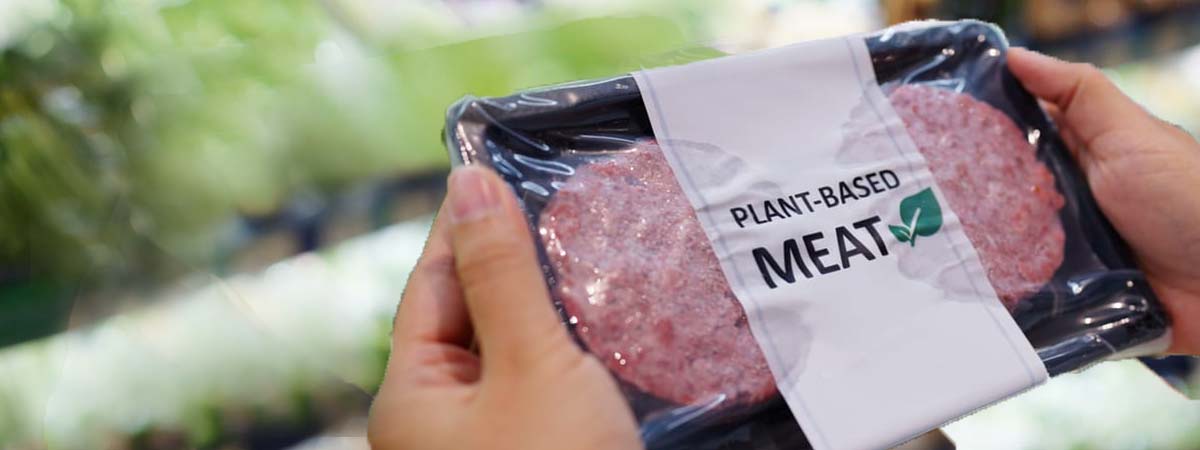Case Studies
Taste and Texture of Plant-based Meat Fell Short of Expectations
Industry:
Food manufacturing
Department:
Production engineering
The key to achieving consistent quality was precision dosing with a gravimetric feeder.

Background
The food manufacturer featured in this case study was developing meat substitutes and processed foodstuffs as part of its work to achieve UN Sustainable Development Goals (zero hunger). When the manufacturer’s efforts to create a meat substitute using ingredients sourced from a third party were unsuccessful, it decided to produce the ingredients itself, but encountered unexpected challenges.
Problem
The flavor and texture achieved at the development stage could not be reproduced on the mass production line
Previously, the manufacturer found that it simply could not create the optimum flavor or texture with third-party ingredients. This had made product launch impossible. This time, the manufacturer was doing everything itself, from ingredient production to product manufacture. The manufacturer had embarked on product development. However, while it managed to achieve the desired flavor and texture at the development stage, it was unable to reproduce them consistently on the mass production line.
To perform the production trial, the manufacturer had borrowed extruders and volumetric feeders from its snacks division. Specifically, the volumetric feeder necessitated multiple samplings based on component rotation speed to input the mass of the material. This process was laborious and time-consuming as it required precise input to ensure the feeder delivered the correct dose.
The chief engineer in the production team described the issues that had been identified during the trial:
“To achieve constant flavor and texture, you need to dispense the correct dose of ingredients. Even for ingredients that are used in small quantities, any inaccuracy will not only affect the taste and texture, but render the sample incapable of satisfying quality standards, causing it to be rejected. Improving accuracy was therefore an issue at the time.“
In other words, no matter how careful it was, the manufacturer could not make its volumetric feeders any more accurate. The chief production engineer and the rest of her team looked for a way to improve the consistency of the flavor, texture and quality of the meat substitute produced.
Summary of the problem
The flavor and texture achieved during development could not be reproduced on the mass production line.
Because the volumetric feeder needed to operate at a constant speed, it was imprecise, despite requiring significant effort to configure. This resulted in inconsistent quality.
